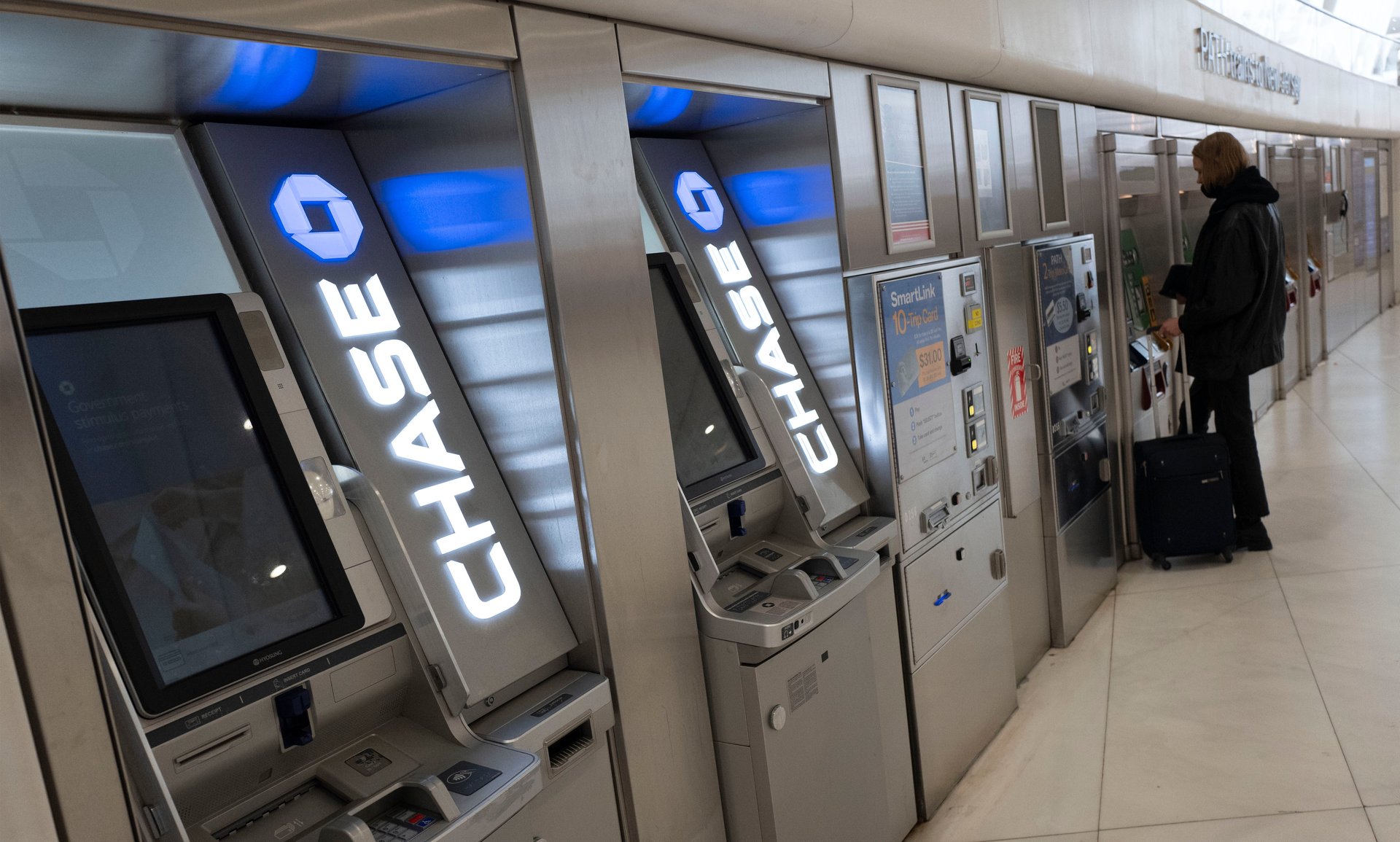Banks upbeat on US consumer despite bank profit declines, inflation and rising debt levels
Three of the nation’s biggest banks say their profits fell last quarter

NEW YORK (AP) — The biggest banks in the country posted strong profits last year, helped by higher interest rates and a strong economy, despite having to deal with the lingering industry costs of last year's banking crisis that caused the collapse of Silicon Valley Bank and Signature Bank.
Suggested Reading
All the banks had one-time charges in their quarterly results, many of them specifically related to their own businesses, making this quarter particularly messy.
Related Content
But setting aside the turbulence of the banking panic and the charges, the banks had a mostly strong 2023. They benefitted from by a resilient job market, U.S. consumers who, despite inflation, continued to spend and not fall behind on their debts, and higher interest rates that have boosted revenue across the industry.
JPMorgan Chase said Friday that its profits dropped 15% in the fourth quarter, despite the bank reporting record quarterly revenue.
JPMorgan's profits fell because it was required to pay $2.9 billion to the Federal Deposit Insurance Corp. as part of an industrywide, one-time special assessment by the regulator to cover the $16.7 billion in costs to cover the uninsured depositors caught up in the collapse of Silicon Valley Bank. Other banks like Citi and BofA are paying this assessment as well.
With that aside, JPMorgan brought in an eye-popping $50 billion in profits last year, up from $37.6 billion in profits in 2022. Revenue at the largest bank in the country was nearly $160 billion. On a per-share basis, JPMorgan posted a profit of $3.04 a share, which was less than what analysts expected, but forecasts this quarter were thrown off by these one-time charges.
"The U.S. economy continues to be resilient, with consumers still spending, and markets currently expect a soft landing," said Jamie Dimon, JPMorgan's CEO and chairman, in a statement. A soft landing refers to the Fed's plan bring down inflation without causing a recession.
The bank painted a relatively strong picture of consumer spending, showing that JPMorgan customers spent 8% more on their cards compared to a year ago and are carrying 14% higher credit card balances. The bank did set more to cover potentially bad loans, but said the health of the consumer remains strong.
“Everyone wants to see a problem. But the reality we aren’t seeing any yet,” said JPMorgan Chief Financial Officer Jeremy Barnum in a call with reporters.
Struggling from the geopolitical turmoil, Citigroup posted a fourth-quarter loss due to the FDIC's assessment and other charges related to a companywide restructuring that CEO Jane Fraser detailed to investors late last year. Part of that plan included an announcement on Friday of cutting 20,000 jobs, roughly 10% of its workforce.
The most international of banks, Citi has announced various plans to wind down, restructure or sell off several of its businesses in the last couple of years. The bank is selling Banamex, its Mexico affiliate, and and is effectively liquidating its Russian operations since the war in Ukraine broke out two years ago.
Citi posted a loss of $1.8 billion in the fourth quarter compared to a $2.5 billion profit a year earlier.
Along with the FDIC assessment and some other one-time charges, the profits at Bank of America fell 50% from a year earlier. BofA has had a relatively difficult year because the bank's balance sheet is tilted toward shorter-term securities, which means it bought a lot of securities during the pandemic when interest rates were low. Those bonds and other securities are not yielding much because of their lower interest rates.
But like JPMorgan, other bank executives were optimistic about the consumer.
“The consumer still has plenty of firepower,” said Bank of America CFO Alastair Borthwick, in a call with reporters. Wells Fargo CEO Charles Scharf said that consumers' balances were still strong, in a call with investors.
One bright spot was Wells Fargo. The San Francisco-based Wells earned $3.45 billion, or 86 cents per share, on $20.5 billion in revenue. Profits met Wall Street analysts’ targets while sales came in just ahead of forecasts. Analysts were looking for profit of 86 cents per share on $20.3 billion in revenue.
For the full year, Wells’ revenue increased by 11% over 2022, jumping to $82.6 billion. It was boosted by a 16% increase in net interest income. Earnings per share for 2023 came in at $4.83, up by almost 48% over the previous year’s $3.27.
Separately, a second Wells Fargo bank branch announced that it voted to unionize. Workers at a Daytona Beach, Florida, branch voted to unionize on Thursday, which follows a vote at a New Mexico branch to unionize in December.
____
AP Business Writer Matthew Ott contributed to this report from Washington.